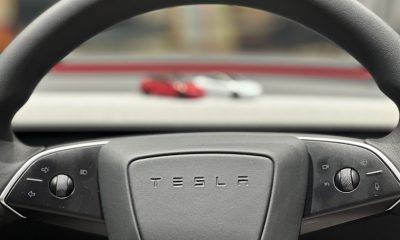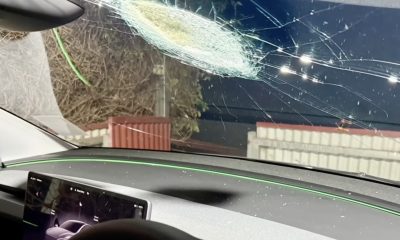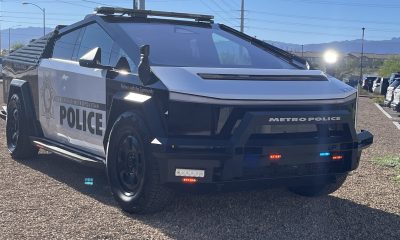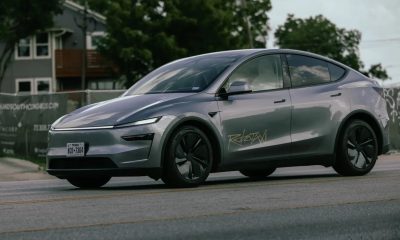News
Elon Musk reveals Tesla Master Plan Part 2: Solar, Pickup and Ride Share
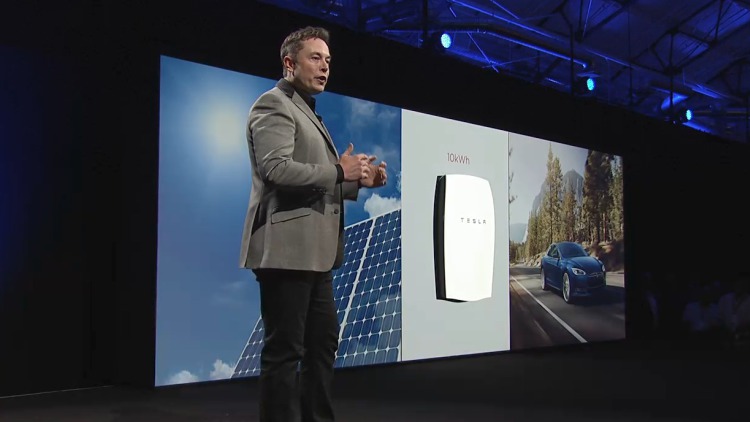
It took a littler longer than promised, but the Tesla Master Plan Part 2 has finally been revealed. Here is the short version:
- Create stunning solar roofs with seamlessly integrated battery storage
- Expand the electric vehicle product line to address all major segments
- Develop a self-driving capability that is 10X safer than manual via massive fleet learning
- Enable your car to make money for you when you aren’t using it
The first objective is no surprise. Last month, Tesla submitted an offer to buy SolarCity for $2.8 billion in Tesla stock. This week, the url teslamotors.com began redirecting to tesla.com as part of the company’s branding strategy to be less of a motor company and become more of a brand and energy company. Here’s how Musk explains it.
“Create a smoothly integrated and beautiful solar-roof-with-battery product that just works, empowering the individual as their own utility, and then scale that throughout the world. One ordering experience, one installation, one service contact, one phone app.
The second part of the plan includes Tesla heavy duty trucks and new forms of urban transportation with high passenger density. “We believe the Tesla Semi will deliver a substantial reduction in the cost of cargo transport, while increasing safety and making it really fun to operate.
“With the advent of autonomy, it will probably make sense to shrink the size of buses and transition the role of bus driver to that of fleet manager. [The bus] would also take people all the way to their destination. Fixed summon buttons at existing bus stops would serve those who don’t have a phone. Design accommodates wheelchairs, strollers and bikes.”
Objective 3 is all about reducing the annual carnage on the highways. “We expect that worldwide regulatory approval will require something on the order of 6 billion miles (10 billion km). Current fleet learning is happening at just over 3 million miles (5 million km) per day.”
Musk takes some care to explain why the current version of Autopilot is called beta. “It is called beta in order to decrease complacency and indicate that it will continue to improve (Autopilot is always off by default). Once we get to the point where Autopilot is approximately 10 times safer than the US vehicle average, the beta label will be removed.”
Despite calls to disable Autopilot by Consumer Reports and others, Musk makes it clear he will stay the course. Here’s why: “I should add a note here to explain why Tesla is deploying partial autonomy now, rather than waiting until some point in the future. The most important reason is that, when used correctly, it is already significantly safer than a person driving by themselves and it would therefore be morally reprehensible (emphasis added) to delay release simply for fear of bad press or some mercantile calculation of legal liability.”
Finally, Musk says car owners typically use their cars less than 10% of the time. Once fully autonomous driving is perfected, they will be able to share their car with others, generating income that can partially offset the costs of ownership. “In cities where demand exceeds the supply of customer-owned cars, Tesla will operate its own fleet, ensuring you can always hail a ride from us no matter where you are.”
There it is in a nutshell. A bold new plan to take the original not-so-secret plan and extend upon it. Musk restates and reinforces the underlying purpose for everything the company does. “The point of all this was, and remains, accelerating the advent of sustainable energy, so that we can imagine far into the future and life is still good. That’s what “sustainable” means. It’s not some silly, hippy thing — it matters for everyone.
“By definition, we must at some point achieve a sustainable energy economy or we will run out of fossil fuels to burn and civilization will collapse. Given that we must get off fossil fuels anyway and that virtually all scientists agree that dramatically increasing atmospheric and oceanic carbon levels is insane, the faster we achieve sustainability, the better.”
Amen, Elon.
See Tesla’s Master Plan, Part Deux in its entirety.
Investor's Corner
Bank of America raises Tesla PT to $471, citing Robotaxi and Optimus potential
The firm also kept a Neutral rating on the electric vehicle maker, citing strong progress in autonomy and robotics.
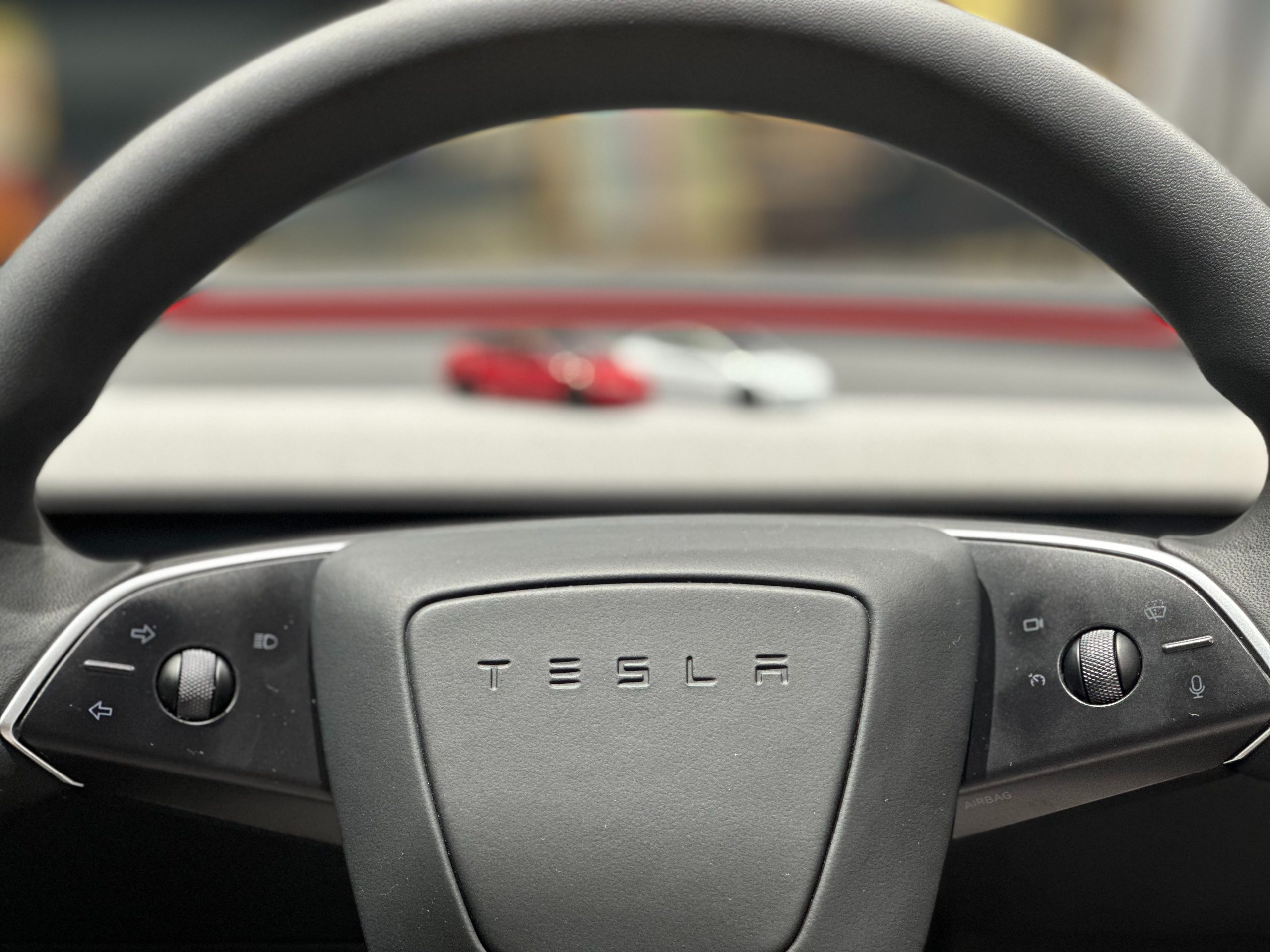
Bank of America has raised its Tesla (NASDAQ:TSLA) price target by 38% to $471, up from $341 per share.
The firm also kept a Neutral rating on the electric vehicle maker, citing strong progress in autonomy and robotics.
Robotaxi and Optimus momentum
Bank of America analyst Federico Merendi noted that the firm’s price target increase reflects Tesla’s growing potential in its Robotaxi and Optimus programs, among other factors. BofA’s updated valuation is based on a sum-of-the-parts (SOTP) model extending through 2040, which shows the Robotaxi platform accounting for 45% of total value. The model also shows Tesla’s humanoid robot Optimus contributing 19%, and Full Self-Driving (FSD) and the Energy segment adding 17% and 6% respectively.
“Overall, we find that TSLA’s core automotive business represents around 12% of the total value while robotaxi is 45%, FSD is 17%, Energy Generation & Storage is around 6% and Optimus is 19%,” the Bank of America analyst noted.
Still a Neutral rating
Despite recognizing long-term potential in AI-driven verticals, Merendi’s team maintained a Neutral rating, suggesting that much of the optimism is already priced into Tesla’s valuation.
“Our PO revision is driven by a lower cost of equity capital, better Robotaxi progress, and a higher valuation for Optimus to account for the potential entrance into international markets,” the analyst stated.
Interestingly enough, Tesla’s core automotive business, which contributes the lion’s share of the company’s operations today, represents just 12% of total value in BofA’s model.
News
Tesla Model Y on FSD saves couple after encountering King of edge cases
Experts have noted that if confirmed, this could be the world’s first recorded meteorite collision involving a Tesla.
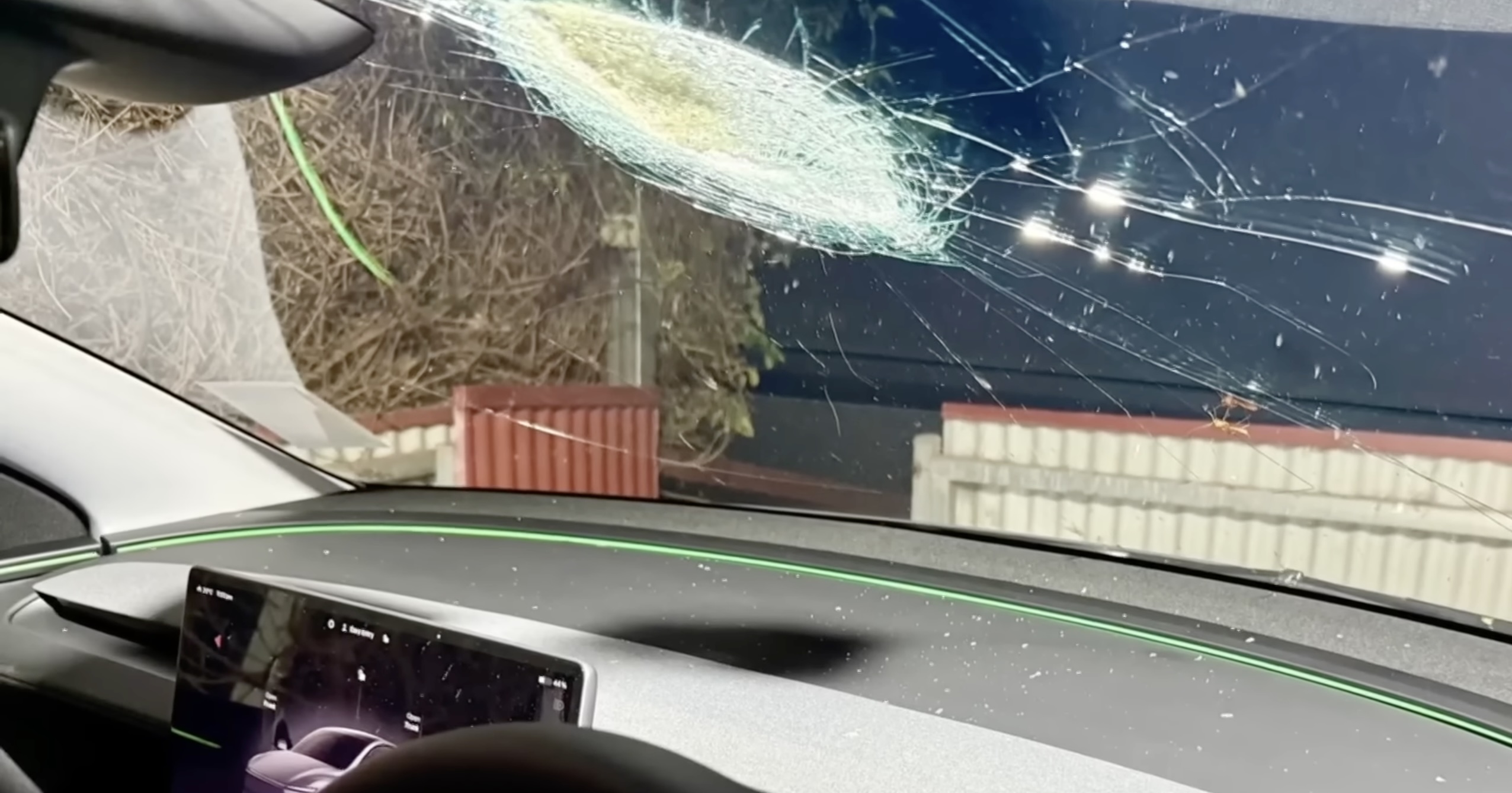
A South Australian Tesla driver is thanking his Model Y’s Full Self-Driving system after a mysterious object, possibly a meteorite, slammed into his car’s windshield while it had FSD engaged.
The impact sent hot glass fragments flying through the cabin as the vehicle continued driving without human input through the darkness. Experts have noted that if confirmed, this could be the world’s first recorded meteorite collision involving a Tesla.
The Tesla owner was enjoying a quiet drive home when they hit the king of edge cases
Veterinarian Dr. Andrew Melville-Smith and his wife were traveling north on Augusta Highway on the night of October 19 when a sudden blast struck their newly delivered Model Y. At the time, it was clear, pitch black night, and Dr. Melville-Smith and his wife were just listening to a podcast while FSD was operating the vehicle, as noted in a Yahoo News report.
Suddenly, something hit the Tesla’s windshield. “Then there was, (what) I can only describe as a very, very violent explosion. The whole inside of the car was literally blasted with glass fragments. It was full of white smoke, and it smelled like the car was on fire,” Dr. Melville-Smith stated.
The vet stated that he and his wife were stunned for a good 10 seconds, and for a bit, he and his wife thought they had crashed. Images of the crash’s aftermath showed a massive crack on the Tesla’s windshield, which Dr. Melville-Smith noted was hot to the touch. The object that hit the Tesla’s windshield was so hot that part of the vehicle’s windshield was partly melted.
FSD kept driving despite the possible meteorite strike
Thankfully, the Tesla was operating with its FSD (Supervised) system engaged at the time. Thus, despite the vehicle being hit by what might be a literal meteorite, and despite Dr. Melville-Smith and his wife being stunned because of the impact, their Tesla just kept driving steadily.
“I thought we’d had an accident, but then I looked at the screen and went ‘Oh, we’re still driving. We were moving around, so it obviously thought we were paying attention, and it was happy to keep driving to Port Augusta. After we pulled over, we saw the big crater in the windscreen,” the vet said.
The South Australian Museum is now examining the case, with geologist Dr. Kieran Meaney stating the scorched glass and heat damage do suggest a potential meteorite strike. “The little detail that’s really selling it for me at the moment is that whatever it was that hit the windscreen seems to have been very hot,” Meaney explained. However, the object has yet to be recovered.
Check out a video of the remarkable edge case below.
News
“Foundation:” Elon Musk wants to send a record of Grokipedia to space
The idea sounds outlandish, though it is also something that is in character for the CEO.
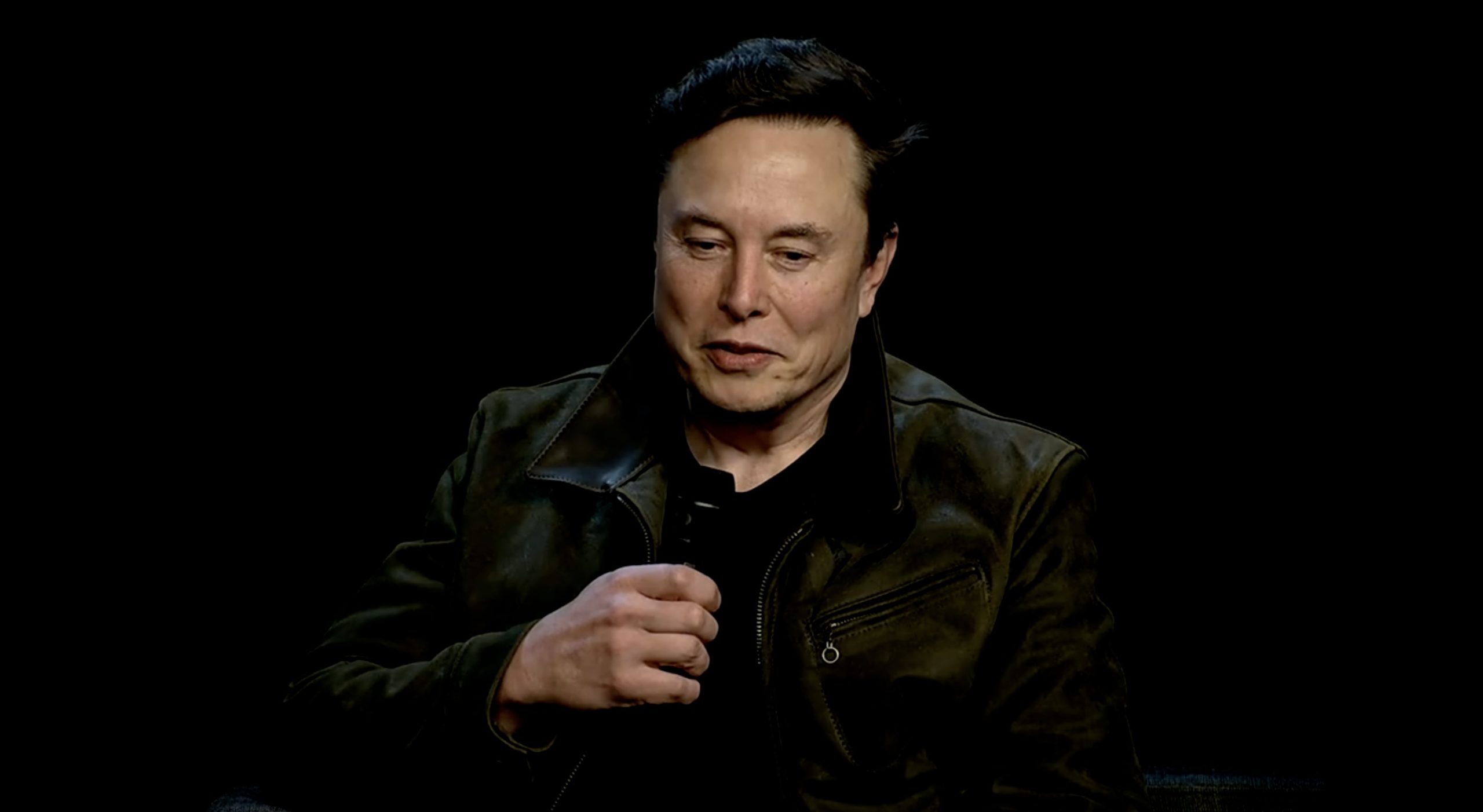
Elon Musk has announced one of his latest initiatives, and it is every bit as sci-fi as it is surprisingly grounded. In a post on X, Musk stated that Grokipedia, xAI’s new open-source encyclopedia, will be etched into stable oxide and launched into space.
The idea sounds outlandish, though it is also something that is in character for the CEO.
Preserving human knowledge among the stars
Musk posted his plan following the launch of Grokipedia’s V0.1’s iteration. The CEO congratulated the xAI team for the online encyclopedia’s launch, though he also stated that the goal for Grokipedia is to create an open-source collection of knowledge. This would then be distributed to the cosmos.
“Nice work by the xAI team on Grokipedia! The goal here is to create an open source, comprehensive collection of all knowledge. Then place copies of that etched in a stable oxide in orbit, the Moon, and Mars to preserve it for the future. Foundation,” Musk wrote in his post.
While seemingly outlandish, this is not the first time that a record of human knowledge of sorts was sent out to space. In 1977, the Voyager Golden Record was launched aboard NASA’s Voyager 1 and 2 spacecraft. The record contains sounds and images that ere aggregated to portray the diversity of the Earth’s culture. Of course, Musk’s plan with Grokipedia, is infinitely more ambitious.
Grokipedia and AI neutrality
Musk launched Grokipedia as an AI-driven alternative to Wikipedia, designed to eliminate the human biases that could affect conventional online knowledge platforms. The system is powered by xAI’s Grok, which scrape and summarize information from across the internet, offering balanced and nuanced coverage of topics ranging from science and technology to culture and politics.
Unlike Wikipedia’s human-edited format, Grokipedia would be able to evolve through machine learning, reading vastly more material than any editorial team could. Early testers, including Wikipedia co-founder Larry Sanger, praised its initial version as “very OK” and potentially more neutral than Wikipedia. Musk agreed, stating that even in its V0.1 form, Grokipedia is “already better than Wikipedia.”
-
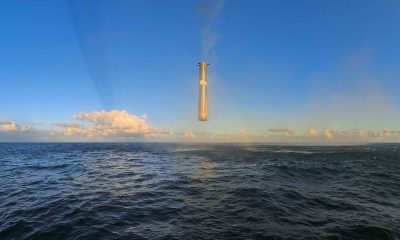
 Elon Musk2 weeks ago
Elon Musk2 weeks agoSpaceX posts Starship booster feat that’s so nutty, it doesn’t even look real
-

 Elon Musk2 weeks ago
Elon Musk2 weeks agoTesla Full Self-Driving gets an offer to be insured for ‘almost free’
-
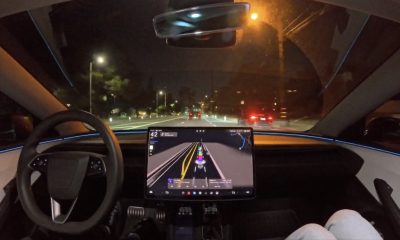
 News2 weeks ago
News2 weeks agoElon Musk confirms Tesla FSD V14.2 will see widespread rollout
-
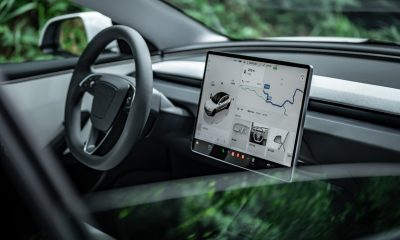
 News2 weeks ago
News2 weeks agoTesla is adding an interesting feature to its centerscreen in a coming update
-
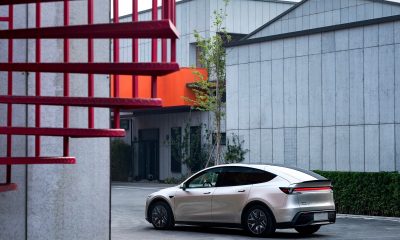
 News2 weeks ago
News2 weeks agoTesla launches new interior option for Model Y
-
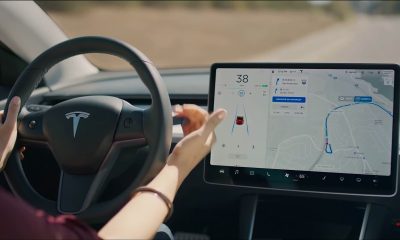
 News2 weeks ago
News2 weeks agoTesla widens rollout of new Full Self-Driving suite to more owners
-
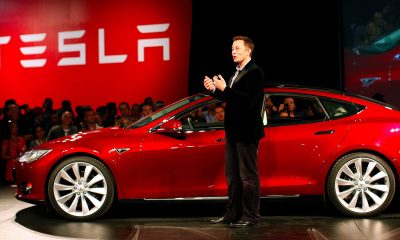
 Elon Musk2 weeks ago
Elon Musk2 weeks agoTesla CEO Elon Musk’s $1 trillion pay package hits first adversity from proxy firm
-
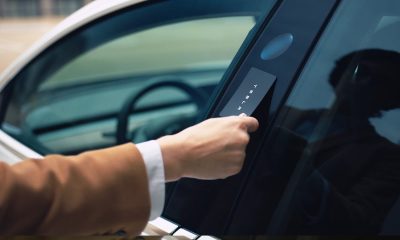
 News1 week ago
News1 week agoTesla might be doing away with a long-included feature with its vehicles


